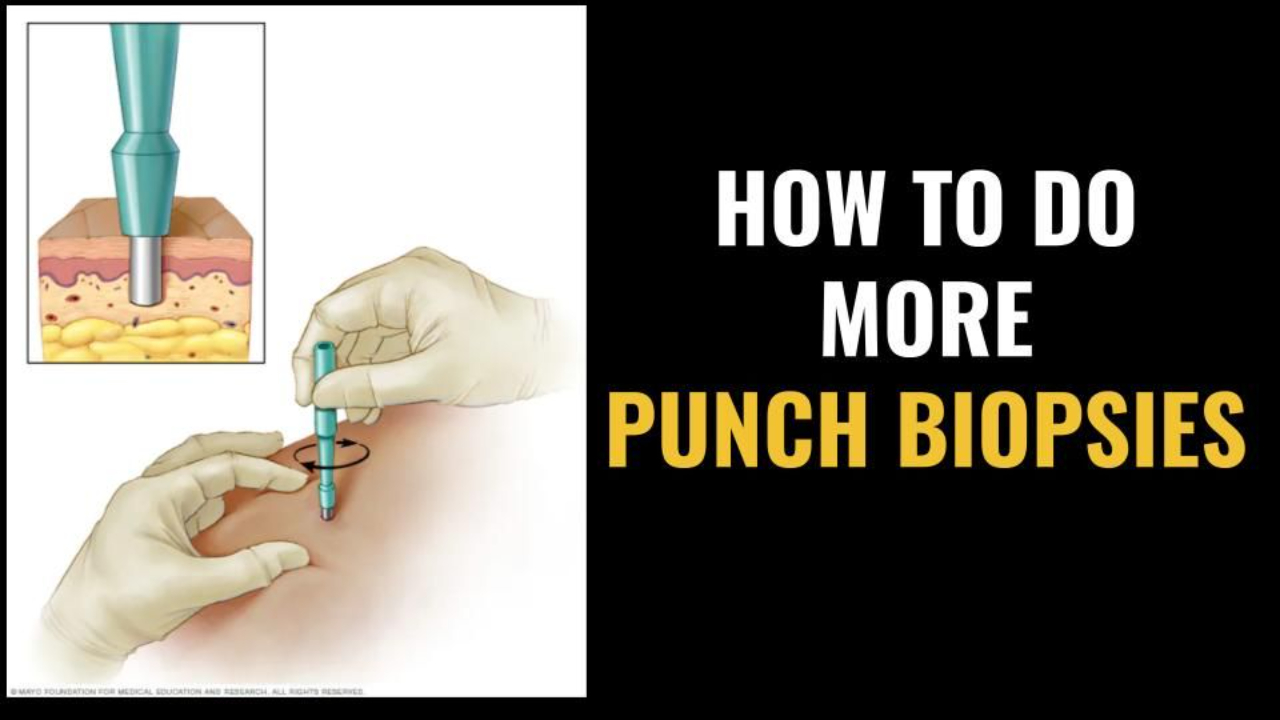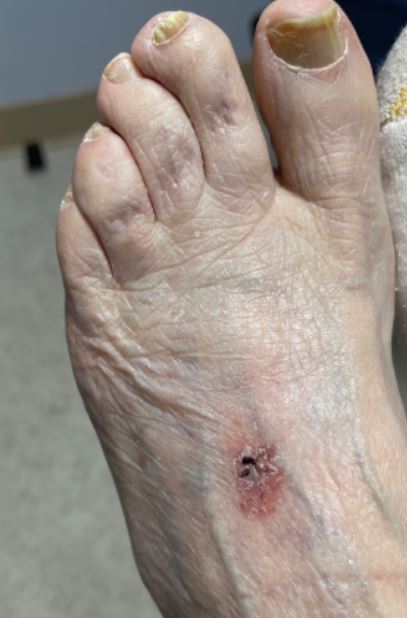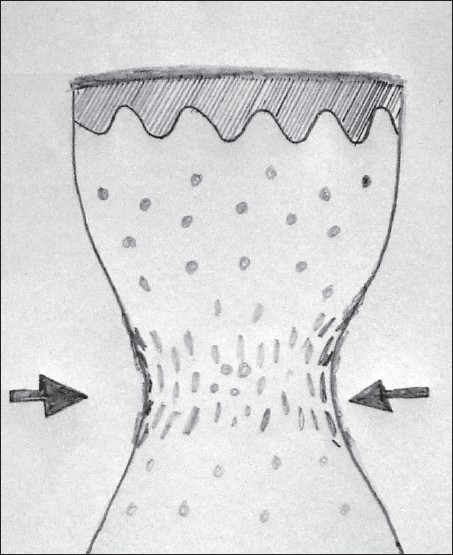
#002: How to do more punch biopsies in your practice
PMM #002: How to do more punch biopsies in your practice
2/13/23
Read time: 3 minutes
Today I will teach you how to do more biopsies in your private practice.
This is important because it can reduce your risk of getting sued and is good medicine. (plus, it is good practice management)
When I started to practice, I didn’t do more biopsies because they were inconvenient or I didn’t think about them while in the treatment room.
Another reason doctors fail to do biopsies is that they haven’t practiced enough or don’t know how to explain them to patients effectively. We will look at some of those issues today.
Biopsies can be easy - here are today’s takeaways
- Determining when to do a biopsy
- How to make it super efficient
- Common patient questions
1. Determining when to do a biopsy
To make this process easier, let’s focus more on 2mm punch skin biopsies (90% of all the biopsies I do). Anytime you see something on the skin that is not normal, you can biopsy that lesion. The most common lesions I biopsy include a skin rash, a skin lesion, or something not responding to your typical treatments. When this is the case, you can easily recommend a skin biopsy.

A patient who ended up having a Carcinoma
2. How to make a biopsy super efficient (Total time 3 minutes)
Wording - “Mrs. Jones, I see something on your foot that I want to take a sample of to figure out the diagnosis.” (note I don’t say biopsy!)
Patient Answer - Okay (do the biopsy) Question (I will answer in part 3)
Signal your staff - I like to use a buzzer system in our office, and I let them know I will be doing a biopsy and need 1cc of lido with epi and the consent.
Have staff give you the consent prior and then draw up the injection. Have the patient sign the consent and inject the lido with epi around the biopsy area.
Tip - Keep the 2mm punch biopsies in your treatment room so they are easily accessible, along with the small jars of formalin you can get from your dermatopathologist.
Biopsy - I was trained to do two 2mm punch biopsies on the area of the foot. It takes only 1 minute for the anesthetic to numb the site, and then you can do the biopsy.
I cover the area with gauze and two band-aids, and then my staff prints off the post-biopsy instructions.
Make a 2-week follow-up to ensure it is healing well and review the biopsy results.

Here are the specimen container, punch biopsy, and syringe that I leave in every room.
3. Common patient questions
- Do we have to do it today? - I tell the patient we can photo the area and keep track of it if applicable, but the process only takes 3 minutes and can be done today.
- What are you concerned about? - I am still determining your diagnosis, but this is the best way to figure out the problem. It only takes 3 minutes.
- Do you think it is cancer? - Many patients only think of a biopsy when someone has cancer. I usually assure them I don’t think the area is cancer, but I am not sure, and the best way to determine the cause is to take a small skin sample.
- It has been there forever why a biopsy? - I am not sure what the cause is on your foot, and it will be good for you to determine the diagnosis.
Final thoughts
Start with one type of biopsy (punch) until you get used to it.
Train your staff on what to expect and how to help you when doing a biopsy.
Carefully handle the biopsy to avoid crushing. (See image below)
At the follow-up appointment, go over the biopsy results.

